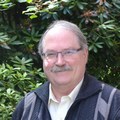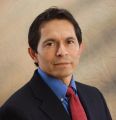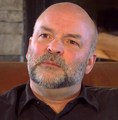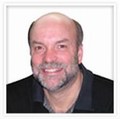LOOK AT DRAINAGE DIFFERENTLY: "We have a standard-of-practice that is generally accepted as not achieving what is best for the environment," stated Jim Dumont at the 2017 Comox Valley Eco-Asset Symposium

“So what is the nub of the issue? In standard practice, only surface runoff is considered, and this has led to degraded streams. The other pathways by which rainfall reaches streams are ignored,” explained Jim Dumont. “If communities are to truly benefit from use of nature’s assets to provide vital community infrastructure services, then we must change the engineering standard-of practice to one that is state-of-the-art and reflects real-world hydrology.”










